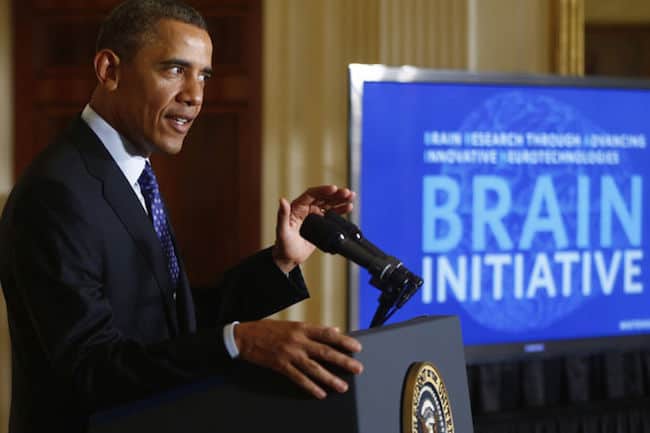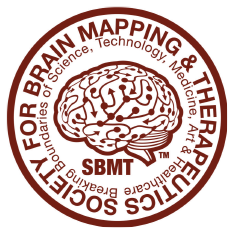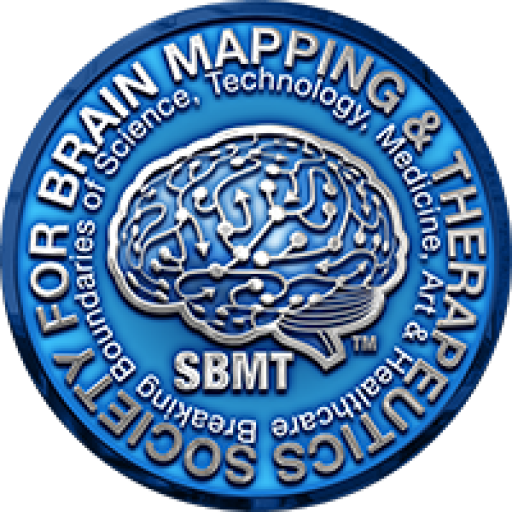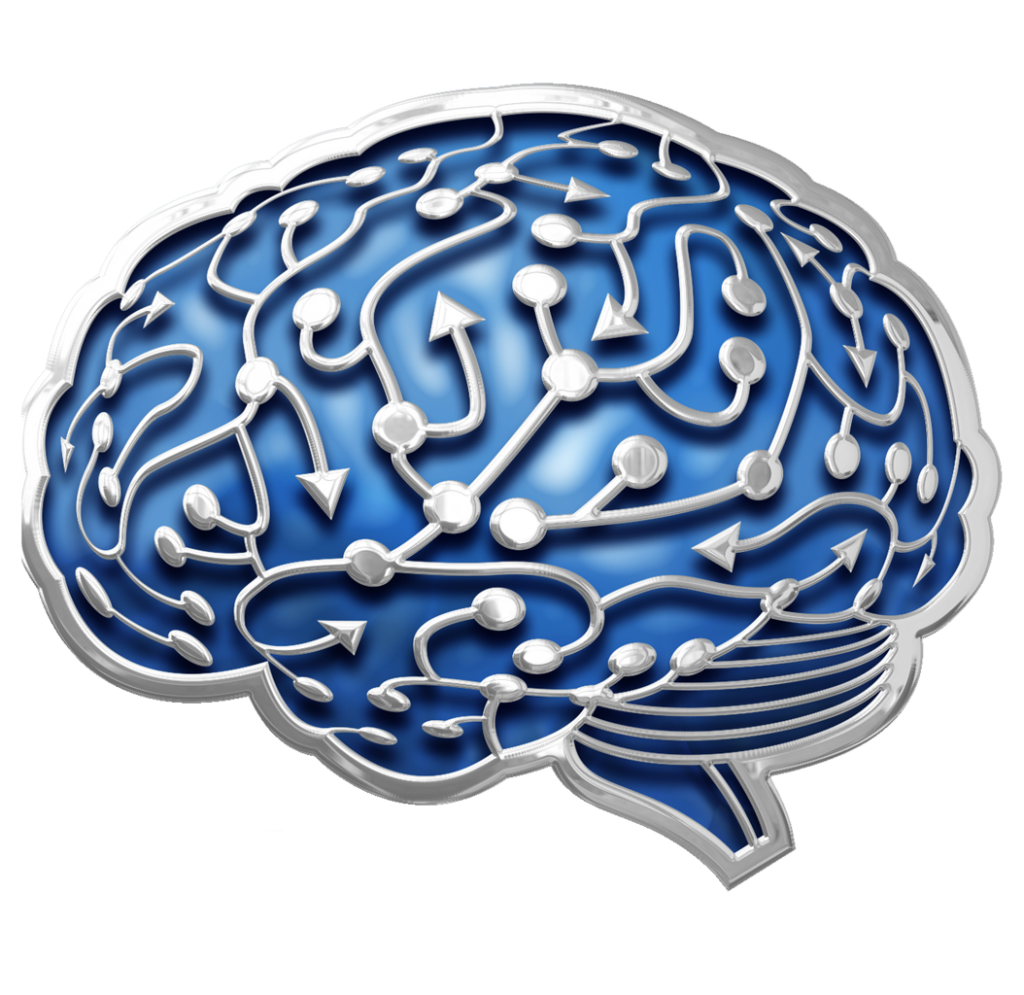
The annual conference for the Society for Brain Mapping & Therapeutics (SBMT) began a dozen years ago as a small summit for 20 doctors, scientists and engineers who came together to discuss advances in neuroscience. Today, the conference brings together a global community of thousands of specialists in the fields of neuroscience, engineering, neurosurgery, psychiatry, psychology, molecular biology, neurology, radiology and oncology.
One of the unique aspects of this conference is all of those different disciplines learning and working together, which is unusual in the scientific community. The interdisciplinary nature of the program is also why the Society is making such a profound impact on the study of nanoscience (science at the atomic and molecular level), with many important real world implications.
The best way to explain brain mapping in laymen’s terms is by using Google Maps as an analogy. Traditional brain scanning is like Google Maps zoomed out until you can see the shape of countries. Today’s leading technology in brain mapping is like Google Maps Street View, where you can see cars on the street, which equates in this case with probing deep into the brain’s molecular level.
Furthermore, it’s becoming a primary issue for world governments in advanced countries.
Over the last couple of years, there’s been a global push among G20 nations to speed up the study of neuroscience, with governments dedicating millions of new dollars for research. President Obama’s BRAIN Initiative, launched in 2013, provides over $300 million earmarked through 2015. According to the White House website, the BRAIN (Brain Research through Advancing Innovative Neurotechnologies) Initiative is “a bold new research effort to revolutionize our understanding of the human mind and uncover new ways to treat, prevent, and cure brain disorders like Alzheimer’s, schizophrenia, autism, epilepsy, and traumatic brain injury.”
Presently, the World Health Organization estimates that about a third of the worldwide adult population suffer from a mental disorder such as depression, anxiety and schizophrenia. If also taken together with neurological disorders, such as dementia and stroke, these “disorders of the brain” account for 13% of the global disease burden. There is also an exponential increase in psychological trauma among military veterans in the U.S.
That is why the SBMT conference is gaining so much exposure. One of the primary outcomes from the conference to date is the publication of the first academic textbooks in the fields of nano-neurosurgery and nano-neuroscience. SBMT members have also published a Brain Anatomy Atlas and Brain Disorder Atlas to assist with brain navigation during surgery.
“The textbooks are major breakthroughs…. Just think about the first textbooks for biology,” says Dr. Babak Kateb, founding chairman of the board of SBMT, and president of the Brain Mapping Foundation. “And in terms of policy, we have been a force behind President Obama’s BRAIN Initiative, and we have been successful helping wounded warriors through all of this specialty research.”
In a further effort toward global cooperation, the SBMT and European-based Human Brain Project entered a joint partnership to develop the G20 World Brain Mapping and Therapeutics conference in Brisbane last month.
“The idea is we bring together G20 nations and create a global cooperation on brain mapping and therapeutics, which is a direct result of our convention,” says Dr. Kateb. “So when you’re talking about the social legacy of a convention, or gold standard of a convention, this is a very young organization that started with just 20 people. When people are creating an event, it is very important for them to understand the potential of conference planning to set up a gold standard in their field.”
Some of the new medical innovations that SBMT members have pioneered include new retinal imaging to diagnose Alzheimer’s disease, and new nano-drugs to treat brain diseases. SBMT scientists have even partnered with NASA to develop new microwave devices to treat different cancers, which have far less harmful side effects than traditional radiation therapies.
In an attempt to build on the event’s social legacy, Dr. Kateb and the SBMT leadership are expanding the reach of the Society’s membership and collective knowledge base by developing Brain Mapping Initiatives in Europe, Asia/Pacific, Africa and the Middle East. The overall goal is to increase the direct impact on communities worldwide where SBMT members are based.
Past SBMT annual conferences have taken place in Sydney, Toronto, Baltimore, San Francisco, France, Harvard University and Bethesda, among others. Dr. Kateb has also traveled to South Africa to meet with scientists and doctors in Cape Town, and to research the destination as a possible venue for a future conference.
“When you bring thought leaders together—5, 10, 20 of them—if you’re persistent, you can create a shift in the entire way of thinking in any large organization,” says Dr. Kateb. “We have accomplished that in science, and science is pretty hard to change.”





